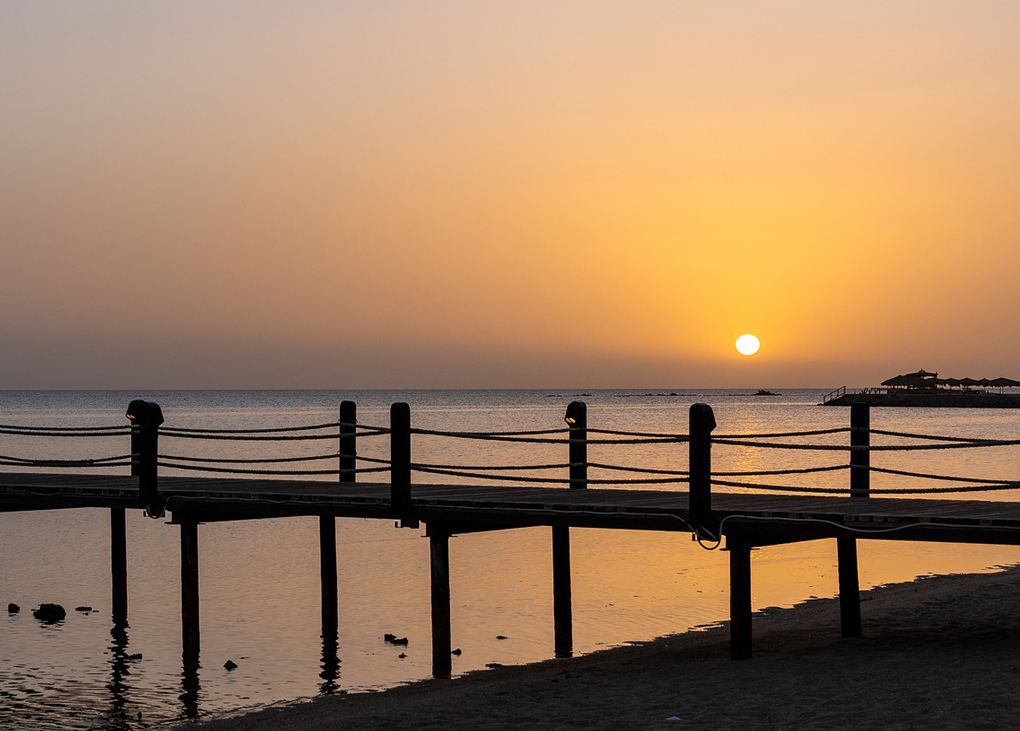The International Energy Agency states that cooling technology creates more than 7 per cent of the world’s greenhouse gas emissions.
In Egypt during summer, approximately half of the country’s electricity goes towards air conditioning. Temperatures can hit 40°C and remain in the high thirties throughout the season, especially in cities experiencing the urban heat island effect.
The United Nations Environment Programme (UNEP) recently completed a feasibility study to try and adopt a more climate-friendly approach to cooling in Egypt. Conducted in New Alamein City on the north coast, it investigated the development of a seawater air conditioning system.
The system works by pumping seawater into a cooling station and passing it through a heat exchanger, where it absorbs heat from buildings. Cool air generated from the cold water is used to maintain comfortable temperatures in the buildings, while the warm water is sent back into the sea.
It is expected the cooling plant will take two years to build, costing approximately AUD$170 million and a further AUD$30–36 million for the distribution network.
The 30,000 tonnes of refrigeration (TR) capacity would cut refrigerants emissions by approximately 99 per cent and carbon dioxide emissions by 40 per cent.
This will help Egypt meet its targets in phasing down hydrofluorocarbon (HFC) emissions under the Montreal Protocol and the Kigali Amendment.
According to the Head of the Egyptian District Cooling Code and UNEP consultant Alaa Olama, Egypt is an ideal location to trial cooling technologies because it is currently building 22 “smart cities”. A lot of the new technologies focus on implementing cooling systems that do not use electricity.
The study was initiated through the Multilateral Fund of the Montreal Protocol, and the UNEP District Energy in Cities Initiative will take the study to the level of execution.
Sea water has been used to cool buildings before. In Australia, Danish architect Jørn Utzon and engineer Ove Arup implemented an innovative seawater cooling system when the Sydney Opera House was built. The technology has recently been gaining traction in the east.
“It’s an important solution for new cities,” said Olama.



Leave a Reply